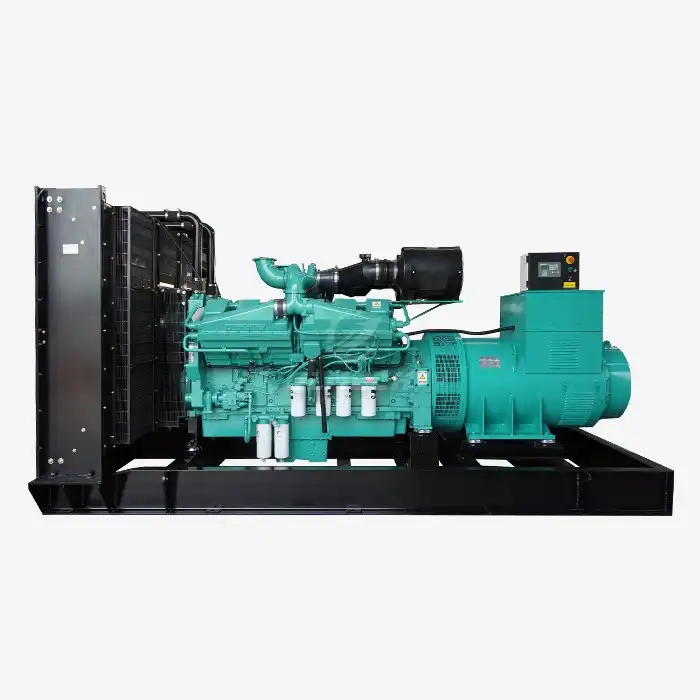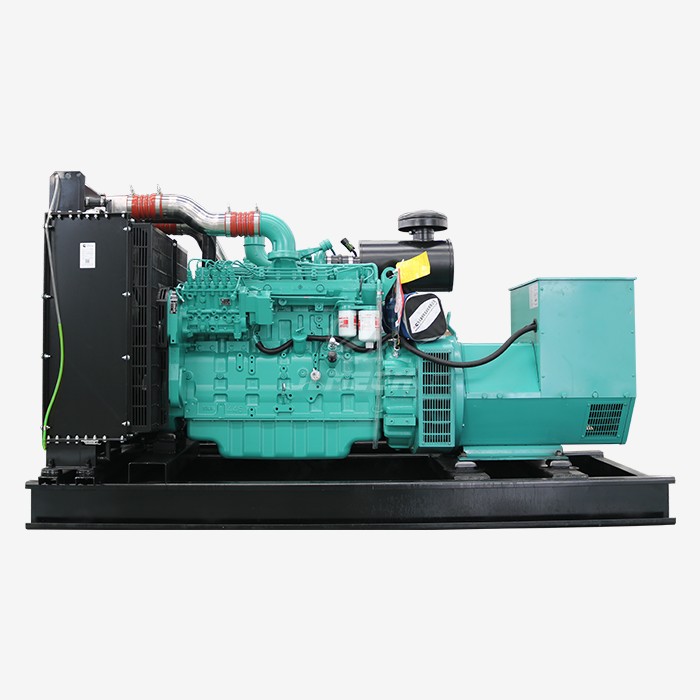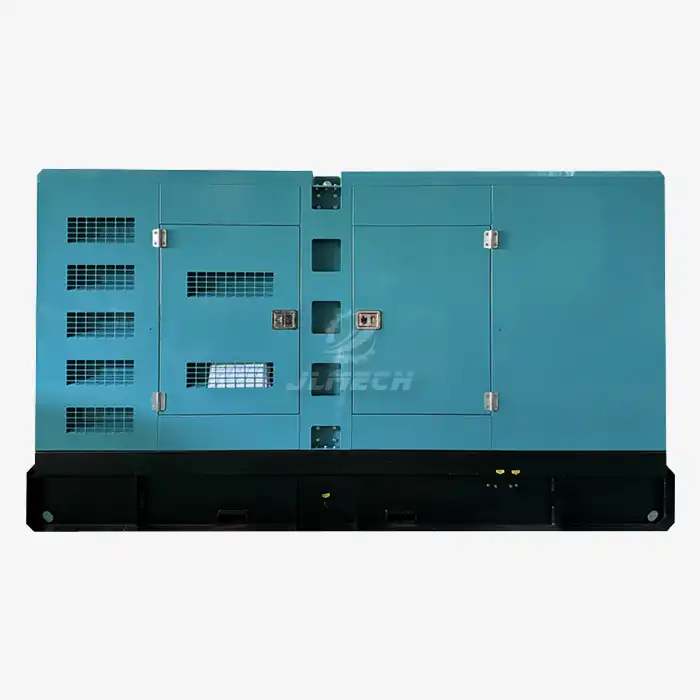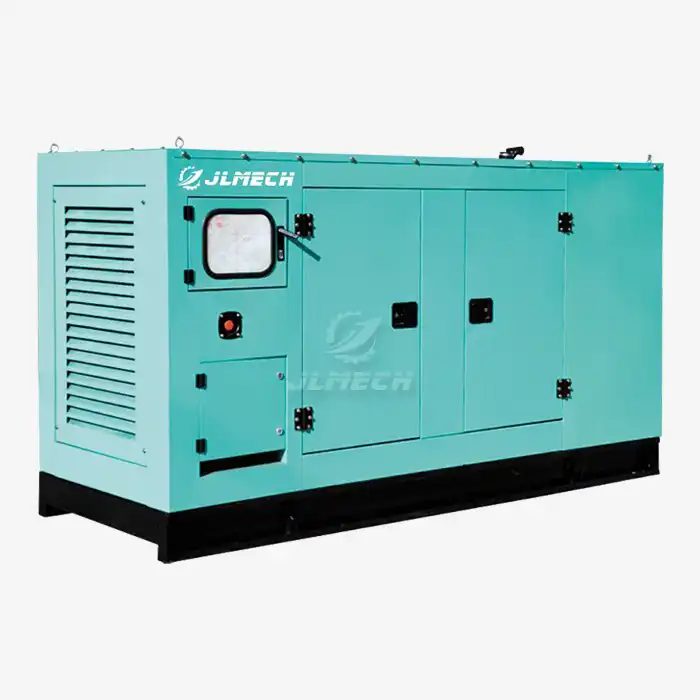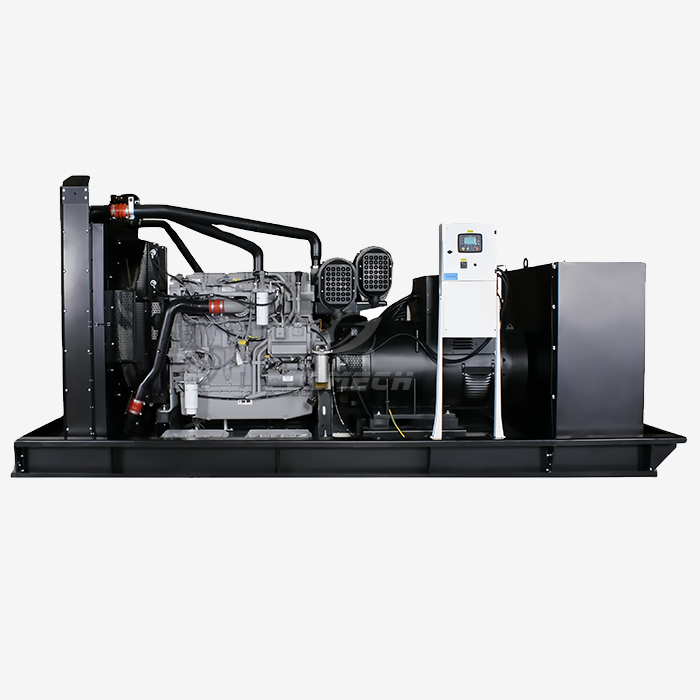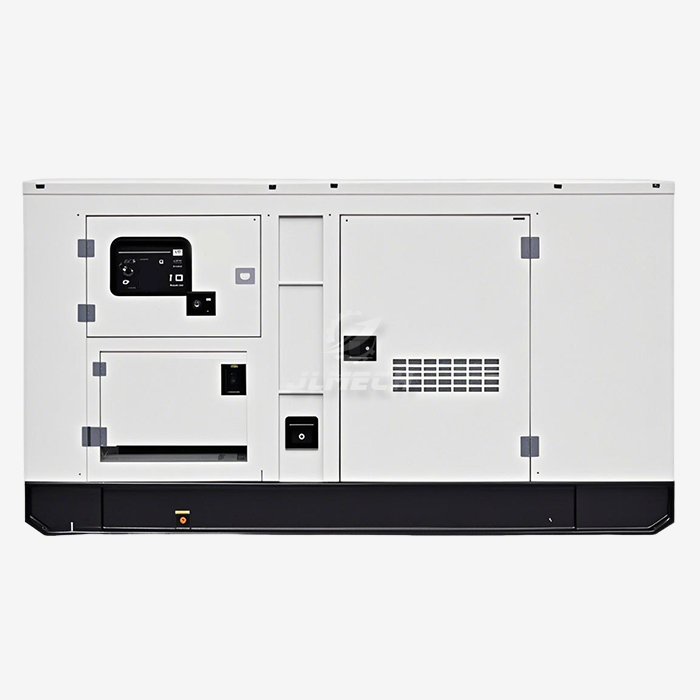Diesel Piston Parts: Matching Tips & Quality Check
The heart of your diesel generator's engine beats through its piston assembly – a component where precision engineering meets extreme operational demands. Selecting the correct Diesel piston parts is not merely a maintenance task; it's a critical decision that directly impacts your generator's performance, fuel efficiency, and operational longevity. Understanding how to properly match and verify the quality of these components can mean the difference between years of reliable service and catastrophic engine failure. This comprehensive guide provides essential insights into selecting, verifying, and maintaining high-quality Diesel piston parts to optimize your generator's performance and protect your power investment.

Understanding Piston Fundamentals
Before selecting replacement parts, it's crucial to understand what makes diesel pistons unique and why proper matching matters:
Extreme Environment Operation: Diesel pistons withstand temperatures exceeding 400°C and combustion pressures over 200 bar
Precision Dimensional Requirements: Piston-to-cylinder clearance typically measures between 0.05-0.15mm, requiring exact manufacturing tolerances
Material Composition Matters: High-silicon aluminum alloys provide the optimal balance of strength, thermal conductivity, and weight characteristics
Design-Specific Configurations: Different engines require specific piston crown shapes, ring configurations, and skirt designs that must be matched precisely
Critical Matching Considerations
Selecting the right piston requires more than just matching part numbers. Several technical factors determine compatibility and performance:
Engine Manufacturer Specifications:
Always cross-reference with OEM technical data sheets
Verify specific engine model, serial number range, and manufacturing date
Confirm bore size, compression height, and pin diameter requirements
Application-Specific Requirements:
Standby vs. Prime Power: Different operational profiles require distinct piston designs and material treatments
Fuel Quality Considerations: Regional fuel variations may necessitate special piston coatings or ring configurations
Environmental Factors: High-altitude or extreme temperature operations often require specialized components
Performance Matching:
Ensure replacement pistons match original compression ratio specifications
Verify ring groove dimensions and configurations are identical
Confirm wrist pin size and retention method compatibility
Comprehensive Quality Verification
Quality assessment of Diesel piston parts requires systematic inspection across multiple parameters:
Visual Inspection Protocols:
Surface finish should be uniform without visible porosity or inclusions
Machine marks should be consistent and free of chatter marks
All edges should be properly broken and free of burrs
Identification markings should be clear and permanently stamped
Dimensional Verification:
Skirt Diameter: Measure at specified points relative to pin centerline
Ring Groove Width: Verify each groove meets specified tolerances (typically ±0.05mm)
Pin Bore Diameter: Check for proper size and roundness
Overall Height and Compression Height: Confirm critical dimensions match specifications
Material and Manufacturing Quality:
Weight Matching: Pistons for the same engine should be weight-matched within 5-10 grams
Hardness Testing: Verify Brinell hardness meets manufacturer specifications
Coating Integrity: Check thermal barrier and anti-friction coatings for uniform application
Common Selection Mistakes
Avoid these frequent errors when selecting diesel piston components:
Assuming Universal Compatibility: Similar part numbers don't guarantee proper fitment across different engine series
Overlooking Manufacturing Revisions: Engine manufacturers frequently implement running changes that affect piston specifications
Ignoring Ring Package Requirements: The piston ring set must be matched specifically to the piston design
Prioritizing Price Over Engineering: Inferior materials and manufacturing shortcuts inevitably lead to premature failure
Installation Preparation
Proper installation begins with comprehensive preparation of your Diesel piston parts:
Pre-Installation Cleaning:
Use appropriate solvents to remove protective coatings
Clean ring grooves thoroughly using proper tools
Ensure all oil passages are clear and unobstructed
Component Measurement:
Measure cylinder bore diameter at multiple points
Verify piston-to-cylinder clearance meets specifications
Check ring end gap and side clearance
System Verification:
Inspect connecting rods for straightness and bore condition
Verify cooling nozzle alignment and operation
Ensure proper piston pin fit in both piston and connecting rod
Performance Optimization
Maximize the performance and longevity of your Diesel piston parts through these practices:
Proper Break-In Procedures:
Follow manufacturer-recommended run-in cycles
Vary engine speed and load during initial operation
Monitor oil consumption and engine parameters closely
Operational Monitoring:
Track oil analysis results for abnormal wear metals
Monitor blow-by levels and exhaust smoke characteristics
Document fuel consumption trends to identify efficiency changes
Preventive Maintenance:
Adhere to recommended oil and filter change intervals
Maintain proper fuel filtration and water separation
Regularly inspect air intake system for leaks or restrictions
Technical Support Resources
Leverage available technical resources to ensure optimal piston selection and performance:
Manufacturer Technical Data: Access OEM service bulletins and technical specifications
Engineering Support: Consult with application engineers for special operational requirements
Measurement Documentation: Maintain detailed records of all critical dimensions and clearances
Failure Analysis: Utilize metallurgical analysis services when investigating component failures
Conclusion
Selecting and verifying quality Diesel piston parts requires meticulous attention to engineering specifications, manufacturing quality, and application requirements. The right components, properly matched to your specific engine and operational profile, deliver extended service life, maintained performance efficiency, and reduced total operating costs. By implementing systematic selection criteria and rigorous quality verification processes, you protect your power generation assets against unexpected failures and optimize your maintenance investment.
Our engineering team provides comprehensive technical support for piston selection, installation guidance, and performance optimization. For assistance with your specific application requirements, contact our power generation specialists at skala@whjlmech.com.
References
International Organization for Standardization. (2019). *ISO 18669-1: Internal combustion engines - Pistons - Part 1: General specifications*.



